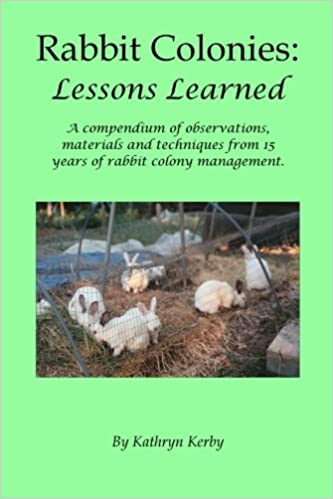|
Search this site for keywords or topics..... | ||

Custom Search
| ||
Poultry Nutrition - Proteins
Proteins are crucial for poultry nutrition just like they are crucial for us. Proteins form the building blocks for all the body tissues, and must be replenished on a daily basis to ensure that tissue growth and regeneration can take place as it should. Proteins themselves are composed of amino acids. Think of amino acids as the "alphabet" from which proteins are made. Some amino acids can be manufactured within the body. Some cannot be, and must be ingested instead. These amino acids are thus called the "essential" amino acids, because it is essential that the diet contain them. One way to consume the essential amino acids, is to consume proteins which contain them. The digestive tract can "disassemble" the protein, and use the essential amino acids to build new proteins. This is how vegetable proteins can be fed to animals to build muscle. When the essential amino acids are missing, those proteins cannot be made, and the animal cannot build or replenish tissues. Additionally, amino acids need to be consumed in the proper proportions. Supplying lots of one type of amino acid, with an insufficient amount of another type of amino acid, creates a situation where only those proteins can be built with the limited amount of the innsufficient amino acid. The surplus amino acids are then excreted without being used. This is extremely costly for the owner, since that was feed which was paid for but never actually used. One of the most common forms of nutritional imbalance is when this imbalance exists for long enough, that the missing amino acids have created a protein deficiency in the body. Young birds need higher levels of protein than adults because they are growing. Laying hens also need more protein than roosters or non-laying hens, because some of their protein must go into each egg produced. And oddly enough, molting hens need a lot of protein because feathers are composed primarily of protien. The vast majority of so-called "complete feeds" have sufficient protein for the life stages which they are intended to cover. For instance, starter feeds for chicks have the highest protein of all - typically around 22% of the total nutrients within the feed. Grower feeds have slightly less - 18-20% of the total nutrients. Layer rations have 14% - 18% protein, with the industry standard hovering around 16%. All feeds sold commercially must have the protein content listed on the label. I'll note here that the higher the protein content, generally speaking, the more expensive the feed. Also note that feeding a higher protein level short-term can help an animal get over either injury or illness. But feeding higher than needed protein levels for long periods of time is not only costly, but also can damage the kidneys. Closely related to the protein percentage is total protein content, in other words, how many ounces or grams of protein does each serving of feed actually provide. For instance, a 100 gram serving of a complete ration with 16% protein, would have 16 grams of protein in that serving. But a 50 gram serving of that same ration, would only have 8 grams of protein. While rations are typically described as having this-or-that percentage of the nutrients, the actual total amounts per serving are also important. Each stage of life requires a certain minimum total amount of protein per day. We'll cover those specific guidelines later; just remember this idea of "percentage versus actual amounts" for now. We'll touch on it again on the Amino Acids Page.
Poultry Books
Sponsored Links
Our Successful Farming and Ranching Books

We released our very first self-published book. The Chicken Coop Manual in 2014. It is a full color guide to conventional and alternative poultry housing options, including 8 conventional stud construction plans, 12 alternative housing methods, and almost 20 different design features. This book is available on Amazon.com and as a PDF download. Please visit The Chicken Coop Manual page for more information.

Rabbit Colonies: Lessons Learned
We started with rabbits in 2002, and we've been experimenting with colony management ever since. Fast forward to 2017, when I decided to write another book, this time about colony management. The book is chock-full of practical information, and is available from both Amazon and as a PDF download. Please visit the Rabbit Colonies page for more information.
The Pastured Pig Handbook
We are currently working on our next self-published book: The Pastured Pig Handbook. This particular book addresses a profitable, popular and successful hog management approach which sadly is not yet well documented. Our handbook, will cover all the various issues involved with pastured hog management, including case studies of numerous current pastured pig operations. If you have any questions about this book, please Contact Us.